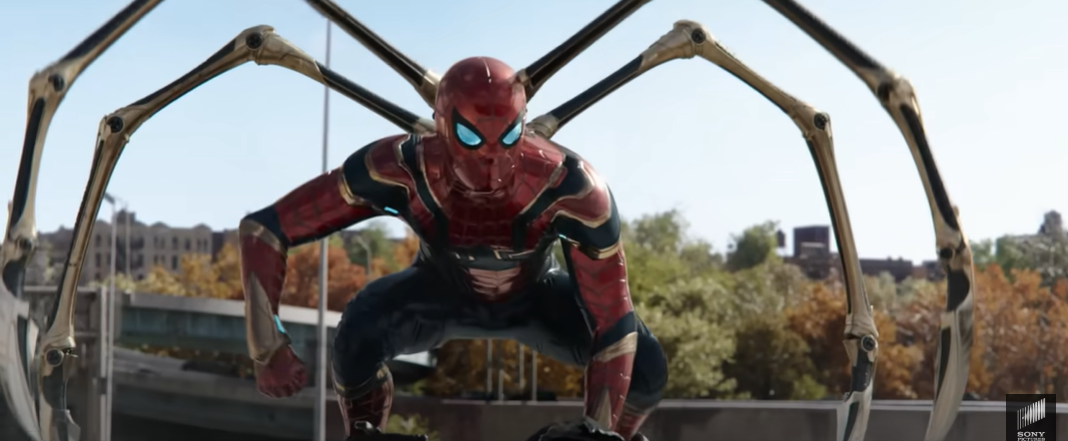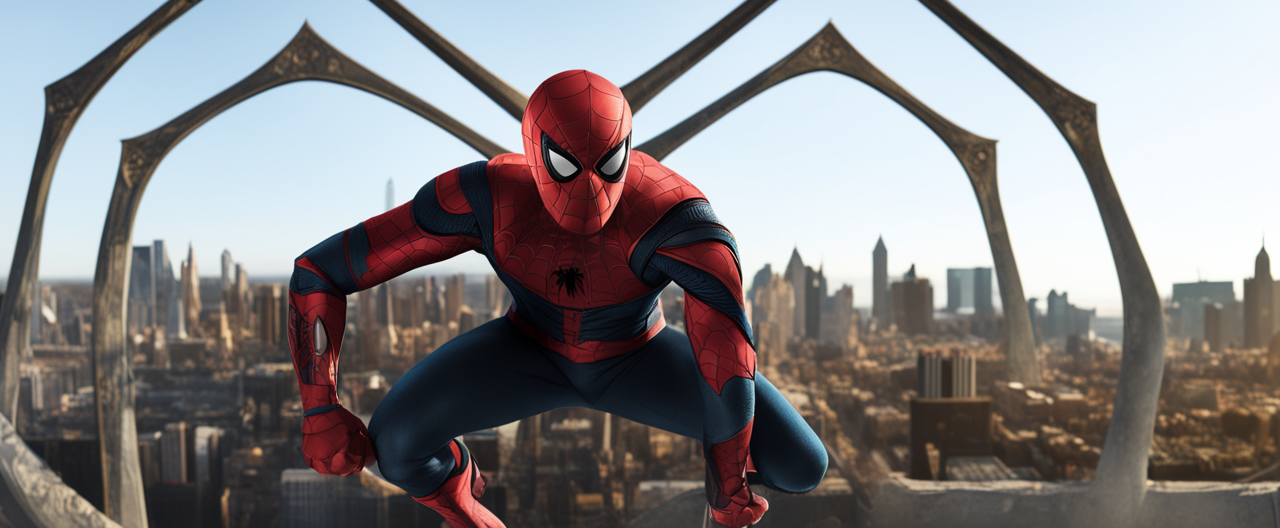Conceptual Architecture Symposium - Part 4 - Cedric Price
Lecture date: 1975-01-18
At ARTNET
Day 2 AM - Cedric Price
Bob Maxwell starts the second day of the symposium making a summary of the previous day mentioning the points raised by the previous lecturers: Will Alsop, Charles Jencks, Peter Cook and Peter Eisenman.
Cedric Price begins discussing several definitions of concept, starting from that given by Charles Jencks –to become pregnant with– which he claims to by his favourite. Duchamp’s definition: the machine for making art and Oxford Dictionary's definition: general notion, are also quite relevant. He claims: “I cannot think of non-conceptual architecture”. He mentions Zeno’s arrow paradox and relates it to the house, which he sees as an intermittently used commodity, having a certain life or speed or relation to any piece of land. When you want to look for change, you look for change in the meaning of language, not for change in language. Not for new words, but for change in old words. Price agrees with Colin Rowe and his assertion that life can never become a game. He find rules rather boring, unless everyone has the same pack of cards and the same set of rules and everyone can call for a new pack at any time. For him, the reason for architecture is to encourage people’s appetites to behave mentally and physically in ways they had previously thought impossible. Questions follow.
Symposium over two days speakers include; Will Alsop, Peter Eisenman, Charles Jencks, Peter Cook, Cedric Price, Bernard Tschumi, David Stezaker, Colin Rowe, Dalibor Vesely, Jo Rykwert, Rosalee Goldberg. Chairman Bob Maxwell.
Video Summary & Chapters
No chapters for this video generated yet.
Video Transcript
so all i can say is the the uh although
we have set pieces
uh the program does expect and allow for
discussion
and there is no objection to people
putting a strong point of view even if
it seems
uh to be against the tone of of the
generality of speakers
the whole point is to try and engage in
some polemic
right well now if i could just go
quickly back over yesterday for those of
you who weren't here
we started with will alsop although he's
an architect by training he reject
he rejects the standard role of the
architect and in fact he gave us
what i might say was a classic case
for the freedom of the artist insisting
that there shall be no manifesto and
then proceeding to give us his manifesto
insisting that the last thing we want is
definitions
and then proceeding to give us as an
artist must his examples
which like the english spoken in front
of children
turns out to be sufficient to allow us
to infer what the language is
and finally he insisted that there
should be no framework
or rules and proceeded to show us
examples that were gridded
as colin rowe pointed out so that they
seem to have
a schematic framework
within them and to be and to consist of
events structured within a framework
now out of all that could arise in fact
kind of obvious scope for discussion
um what we have here is
possibly to be described as a set of
paradoxes
rather than contradictions whatever
weakness one might feel the artist
uh just demonstrates
in claiming one thing and then having to
structure his response certainly
intelligible


 Install Tubelator On Chrome
Install Tubelator On Chrome






